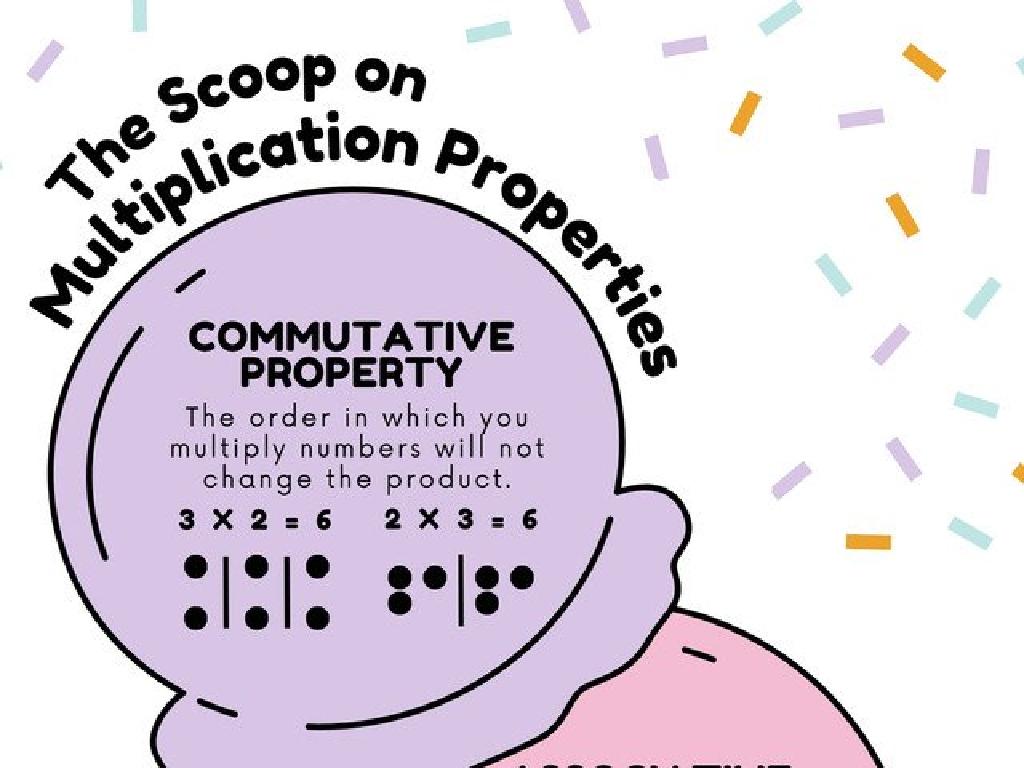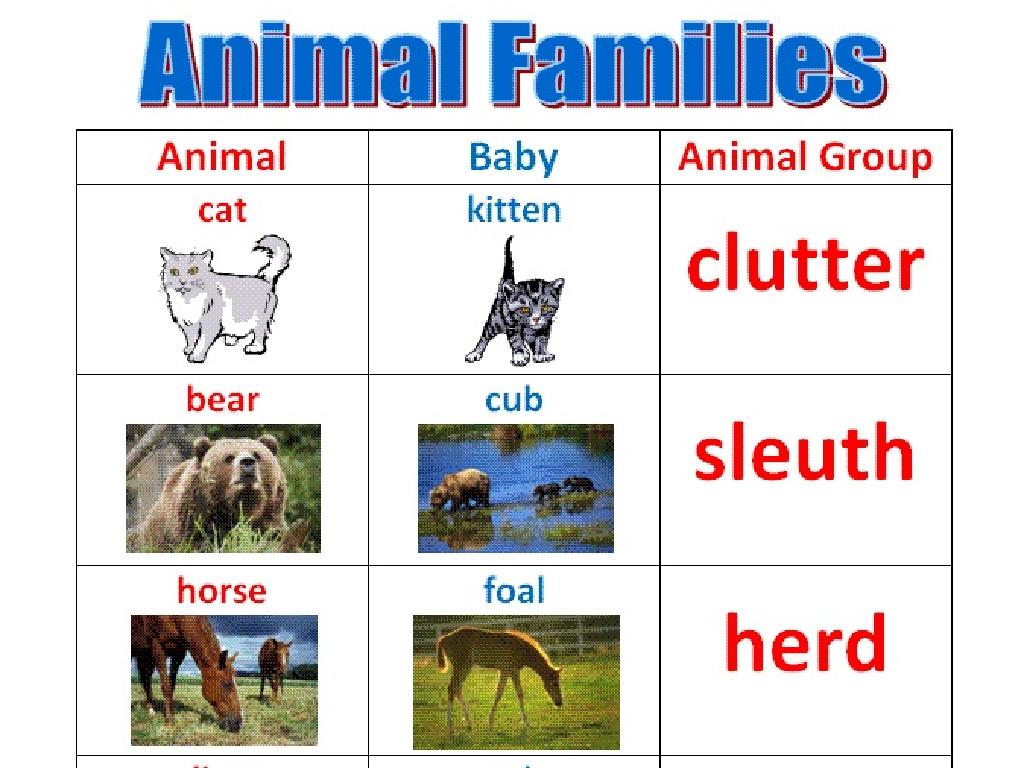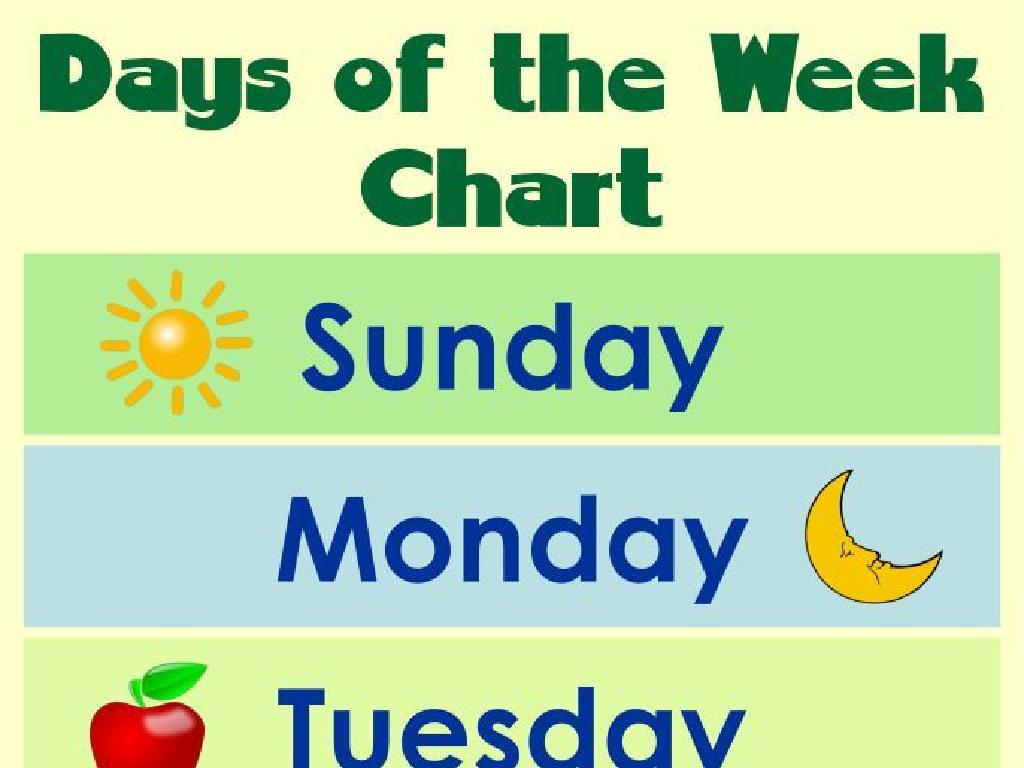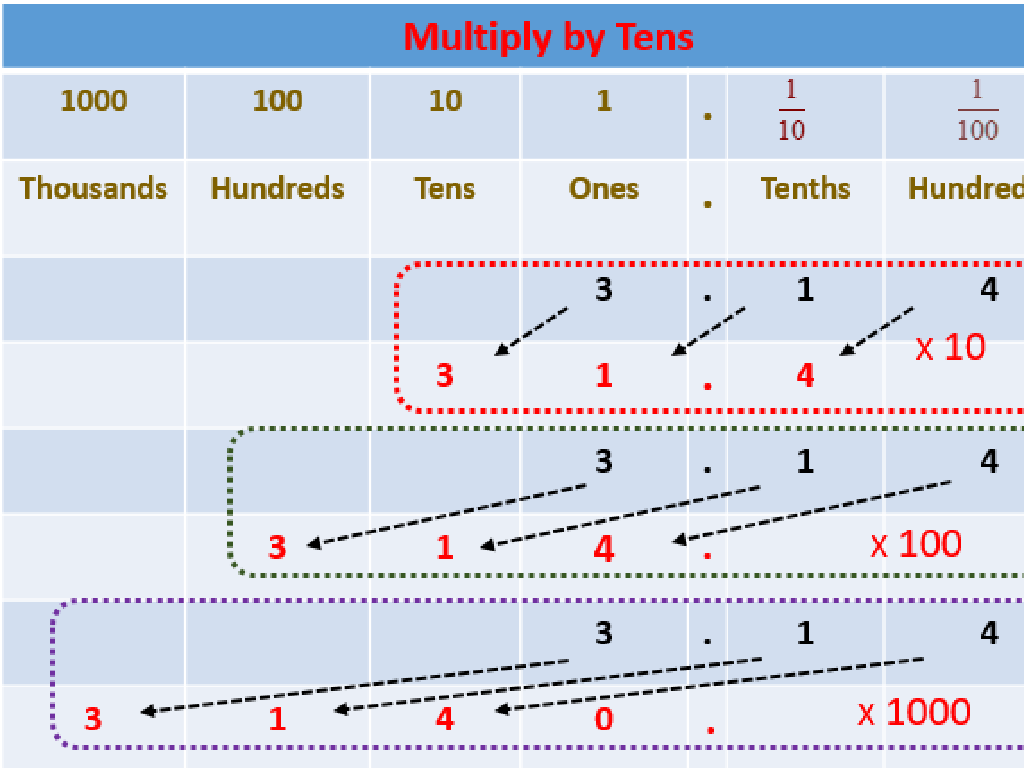Interpret Food Webs I
Subject: Science
Grade: Sixth grade
Topic: Ecological Interactions
Please LOG IN to download the presentation. Access is available to registered users only.
View More Content
Interpreting Food Webs
– Ecology & our environment
– What are ecological interactions?
– Interactions among organisms like competition and predation
– Exploring food webs
– Visual maps showing what eats what in an ecosystem
– Importance of food webs
– They show energy flow and ecosystem balance
|
This slide introduces students to the concept of ecological interactions with a focus on food webs. Begin by discussing ecology and its importance in understanding our environment. Explain ecological interactions, including the various relationships organisms have with each other and their surroundings. Introduce food webs as a tool to visualize these interactions, specifically who eats whom in an ecosystem. Emphasize the significance of food webs in illustrating the flow of energy and maintaining balance within ecosystems. Encourage students to think about local food webs and consider how different species are connected.
Exploring Food Webs
– Define a Food Web
– A network of interconnected food chains in an ecosystem
– Food Chains vs. Food Webs
– Food chains are linear; food webs show complex feeding relationships
– Examples: Producers, Consumers, Decomposers
– Producers: plants; Consumers: animals; Decomposers: fungi and bacteria
– Significance of Each in an Ecosystem
|
This slide introduces the concept of a food web, which is a more complex representation of energy flow in an ecosystem compared to a food chain. It’s crucial to explain that while food chains show a single path of energy transfer, food webs illustrate how multiple chains are connected, demonstrating the variety of food sources for each organism. Provide clear examples for each group: producers (like grass), consumers (such as insects, birds, and mammals), and decomposers (including mushrooms and microbes). Emphasize the importance of each group in maintaining the balance of an ecosystem. Encourage students to think of local examples and consider how each organism’s role supports the web of life.
Exploring the Food Web
– Identify producers, consumers, decomposers
– Producers make food, consumers eat it, decomposers break down waste.
– Each organism’s role in the food web
– Producers are the base, consumers rely on them, decomposers recycle nutrients.
– Understanding energy flow in ecosystems
– Energy starts with the sun, moves through producers to consumers.
– Interdependence in food webs
– Organisms depend on each other for survival, forming a complex web.
|
This slide introduces the basic components of a food web, which is a more complex version of a food chain. Students should learn to identify producers (like plants), consumers (animals that eat plants or other animals), and decomposers (organisms that break down dead material). Discuss the specific role each organism plays in the transfer of energy through the ecosystem, starting with the sun’s energy captured by producers. Highlight the concept of interdependence, where each organism relies on others within the web, creating a balanced ecosystem. Use examples like a forest or ocean food web to illustrate these points. Encourage students to think about what might happen if one group of organisms were removed from the food web.
Interconnections in a Food Web
– Organisms’ interconnectivity
– Every species has a role in its ecosystem, like a puzzle piece in a web of life.
– Effects of species removal
– Removing one species can disrupt food sources for others, leading to a domino effect.
– Biodiversity’s role
– Biodiversity ensures resilience against changes and supports a variety of life forms.
– Maintaining ecological balance
|
This slide aims to explain the complex network of relationships in a food web and the significance of each organism within it. Students should understand that every organism, whether a producer, consumer, or decomposer, is essential for the stability of its ecosystem. Highlight the potential consequences of removing a species, such as the collapse of certain populations or overgrowth of others, which can lead to a ripple effect throughout the food web. Emphasize the importance of biodiversity in providing stability and the ability to adapt to environmental changes. Discuss how maintaining a rich variety of species is crucial for the health of the planet.
Analyzing a Food Web
– Identify consumer levels
– Primary eat plants, secondary eat primary, tertiary eat secondary.
– Determine energy flow
– Energy moves from plants up through each consumer level.
– Recognize food web changes
– Changes can affect population and health of the web.
– Impact on ecosystem
|
This slide aims to teach students how to analyze a food web by understanding the different levels of consumers and the flow of energy within an ecosystem. Students should learn to identify primary consumers (herbivores), secondary consumers (carnivores that eat herbivores), and tertiary consumers (carnivores that eat other carnivores). They should also understand that energy is transferred from producers (plants) to each level of consumers and that any changes in the food web can have significant impacts on the entire ecosystem. Discuss examples of changes like the removal of a species and how that can lead to an imbalance. Encourage students to think critically about the interconnectedness of organisms within a food web.
Real-World Food Webs: Diverse Ecosystems
– Explore a rainforest food web
– Rainforests have dense vegetation and diverse species
– Examine a desert food web
– Deserts have sparse vegetation and specialized species
– Compare and contrast food webs
– What similarities and differences do you notice?
– Understand ecosystem interdependence
– How does a change in one part affect the whole web?
|
This slide aims to introduce students to the complexity and variety of food webs in different ecosystems. By exploring the food web of a rainforest, students will see an example of a dense, interconnected system with a high level of biodiversity. In contrast, a desert food web will show them how organisms adapt to scarce resources and harsh conditions. Encourage students to think critically about how these different environments affect the relationships between producers, consumers, and decomposers. Comparing these food webs will help students understand the concept of interdependence within ecosystems and the importance of each species in maintaining the balance of the food web.
Class Activity: Create Your Own Food Web
– Understand the food web concept
– Select an ecosystem to explore
– Choose from a forest, ocean, or desert
– Craft and label a food web diagram
– Show producers, consumers, and decomposers
– Present and explain your food web
– Share your food web with the class
|
This activity is designed to help students apply their knowledge of ecological interactions by creating a food web for a specific ecosystem. Begin by reviewing the concept of food webs, emphasizing the roles of producers, consumers, and decomposers. Allow students to select an ecosystem they are interested in, such as a forest, ocean, or desert. Provide materials for drawing and encourage creativity in their diagrams. Each student will label the organisms in their food web and show the flow of energy. Finally, students will present their food webs to the class, explaining the relationships between the organisms. This will reinforce their understanding and provide an opportunity for peer learning. Possible variations of the activity could include group work, using digital tools for diagram creation, or researching an assigned ecosystem.
Food Webs: Conclusion and Recap
– Recap of food web concepts
– Each species’ role in a food web
– Producers to apex predators, each has a unique role
– Importance of biodiversity
– Biodiversity ensures ecosystem resilience and balance
– Engage in Q&A session
– Prepare questions based on today’s lesson
|
This slide aims to consolidate the students’ understanding of food webs and the importance of each species within them. Begin by summarizing the key points discussed during the lesson, such as the flow of energy from producers to consumers and the role of decomposers. Emphasize the significance of each organism, no matter how small, in maintaining the balance of the ecosystem. Highlight the concept of biodiversity and how it contributes to the stability and health of the food web. Conclude the session with a Q&A to address any uncertainties and to reinforce the students’ knowledge. Encourage students to think critically about the interconnectedness of species and the potential impact of one species’ extinction on the entire web.





